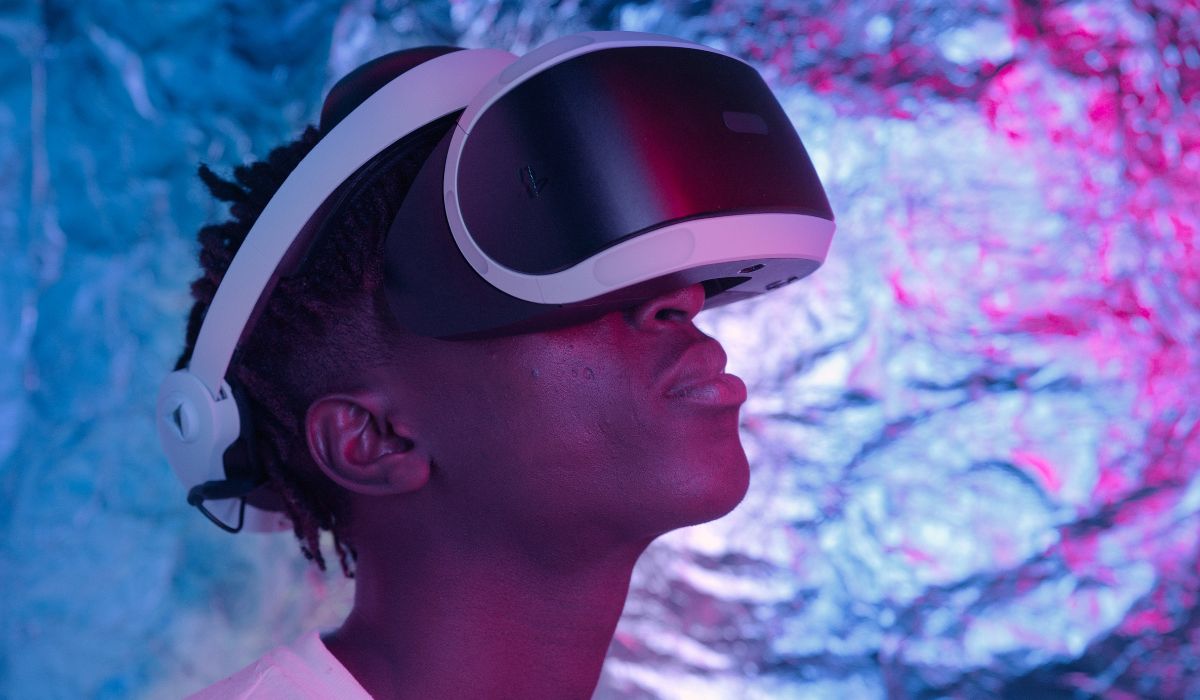The human desire to communicate and developments in digital technology have fueled the evolution of social media in the past two decades. Today, global communities exist across various social media platforms such as Twitter, Facebook and Tiktok, the latest kid in the block.
But more intriguing is the developing intersection between social networks and extended reality (Augmented and Virtual Reality). When Meta (previously Facebook) launched in 2004, it enabled us to post online and communicate with friends via text, photo, or video content. However, there was still a yearn for more immersive social media experiences.
Now that extended reality is in the picture, even tech titans like Meta are rebranding to align with the future of social media; one where users are not only able to communicate but also exist in virtual worlds or enhance the value of their content through augmented reality.
So, how exactly are these technologies changing the key elements of social networks? Let’s take a deep dive into the ongoing developments to get a better understanding of what tomorrow’s social media will look like.
Extended Reality in Social Media
As far as innovation goes, both AR and VR have already been integrated into many online experiences in the social media realm. But before jumping into the specifics, it is worth noting the difference between these two concepts; while VR mostly involves stepping into a virtual world, AR uses computer visuals to overlay on the real world we see around us, either through a phone or glasses.
- Augmented Reality
While the move to adopt extended reality may seem gradual at first glance, it is happening faster than we can imagine. Already most of the leading social media platforms have integrated AR filters to enhance the user experience. For instance, Snapchat filters allow users to add overlays such as mustaches, sunglasses or animal ears to their faces.
Human beings are also embracing AR through mobile-first formats on social media stories. According to Facebook, users share over 1 billion stories per day throughout the entire Facebook app family, including Instagram and Facebook. Most of these users customize their stories with entertaining animations or filters before sharing them with other internet natives.
Another notable trend is the integration of AR and blockchain technology by Web3 social platforms such as the upcoming Peer subspace. Unlike the typical AR-powered social networks, Peer leverages blockchain technology to enable users to create and store immutable and timeless content. What’s more fascinating is that one can navigate to a real-life or virtual location and experience content shared in the present, past, or explore forthcoming event venues.
“Everything in the physical world can be boiled down to Matter, Space, and Time. Web1 gave us the matter via data. Web2 gave us space via maps. Web3 gives us time via blockchain.” – Tony Tran, the CEO of Peer Inc.
- Virtual Reality
Like its counterpart, VR is also becoming a fundamental part of today’s social media ecosystem. This is mainly because of the technology’s compatibility with social network interface elements; for starters, VR offers an excellent environment for 3D visualization and the creation of avatars that mimic real-life characters. Given this value proposition, it comes as no surprise that social networks are massively building VR integrations and solutions.
A classic example is Meta’s Horizon Worlds which was launched back in December 2021. This novel innovation started off as a creator-friendly VR ecosystem and now encompasses a digital world where users can participate in all sorts of events virtually. Whether it’s a bowling alley where you can compete with friends, host a party or virtually explore the ecosystem to learn about other cultures. Interestingly, Meta’s CEO Mark Zuckerberg is one of the people who believe in the concept of a metaverse.
Besides living inside a virtual world, some fashion brands like Gucci have partnered with social media networks such as Snapchat to introduce try-on experiences inside the application. Think of it as an intersection between fashion and social media through virtual reality. Evidently, there is a growing use case for VR, not only in content experience but e-commerce.
“While estimates of the potential economic value of the metaverse vary widely, our bottom-up view of consumer and enterprise use cases suggests it may generate up to $5 trillion in impact by 2030.” reads a report by Mckinsey.
Conclusion
As highlighted in the introduction, social media has come a long way in a very short time; mostly because of human ingenuity, desire to connect and technology. That said, we are currently in a phase where social networks are moving from simplistic content sharing experiences to an era where online interactions are enhanced through extended reality.
The question is no longer ‘whether archetypal Web2 social media platforms will embrace this shift but when’. Slowly by slowly, AR, VR and blockchain will become the defining infrastructures of modern-day social media ecosystems.




